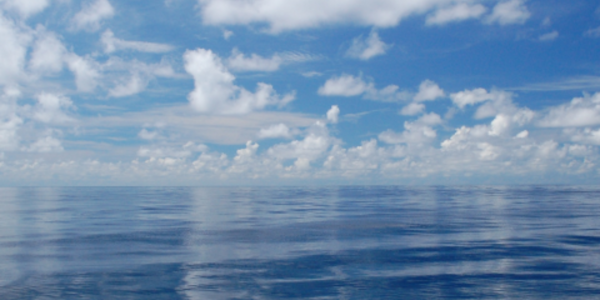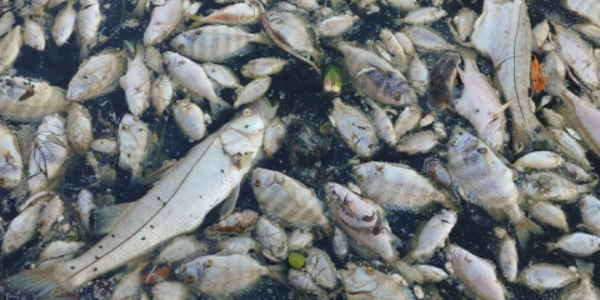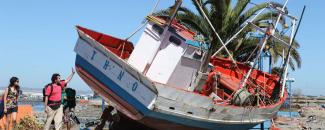
One of the costliest and deadliest forces of nature earns a greater global profile. The United Nations hopes to reduce harm caused by tsunamis by designating November 5 World Tsunami Awareness Day. The infrequency of tsunamis complicates the public perception about their dangers, but the tide is turning.
According to the National Centers for Environmental Information (NCEI), tsunamis took the lives of at least 290,000 people in the past 100 years. Their elusive nature contributes to their deadly impact. Unlike other natural hazards, the number of tsunamis is low. Over the last century, over 100 fatal tsunamis struck coastlines around the globe.
Tsunamis recognize no particular season or time of day, and although most occur in the Pacific, they have occurred in every ocean. World Tsunami Awareness Day is a worldwide campaign to bring greater awareness to the dangerous nature of tsunamis and share innovative approaches to risk reduction. Designated by the U.N. General Assembly in 2015, the day includes drills, activities, and continued efforts to improve readiness and public responsiveness.
Tsunamis: Warnings from the Past
Geological traces of tsunamis can be found dating back to at least 4000 BC in Japan. A little over 160 years ago, that country experienced a tsunami that inspires today’s World Tsunami Awareness Day.
The earthquake and tsunami on November 5 (Japanese calendar) in 1854 is remembered in Japan’s lore because of the heroic acts of one farmer, Hamaguchi Goryo, who took prescient measures to save the lives of his fellow villagers of Hiro-mura. As many tsunamis do, the event began with an earthquake. After the destructive earthquake, a tsunami wave struck the village of Hiro-mura. Goryo set fire to precious sheaves of rice on higher ground, knowing other waves were possible. Villagers rushed out of harm’s way to put out the fire. From the hilltop, the villagers saw the next tsunami waves further destroy their village and understood that Goryo’s actions saved them.
The Nature of Tsunamis
Caused by undersea disturbances such as earthquakes, volcanic eruptions, landslides, and other causes, tsunamis are a series of waves that are long in length and time and can grow to hundreds of feet high at the coast. They have the capability to overwhelm infrastructure and obliterate manmade and natural environments. Like the village of Hiro-mura, modern day coastal communities are not immune. Waves sometimes travel up to a mile inland, washing away homes, utilities, automobiles, businesses, infrastructure, and causing fatalities.
Many places along the U.S. coastline fall in tsunami danger zones. The most destructive tsunamis in the United States and territories have happened along the coasts of Alaska, American Samoa, California, Hawaii, Oregon, Puerto Rico, and Washington. Globally, the deadliest of all was the December 26, 2004, tsunami in the Indian Ocean. It killed an estimated 228,000 people in 15 countries, with Indonesia, Sri Lanka, India, and Thailand hardest-hit. The death toll included approximately 9,000 tourists from many nations.
Images of tsunamis reaching land show their chilling nature and destructive capacity. In many ways, tsunamis demonstrate nature’s untameable power. The signs of an oncoming destructive tsunami can be distinguished from ordinary sea conditions. Unusual and rapid fluctuations of the sea, such as receding tides, signal a tsunami wave is approaching. Other tsunami natural warning signs include ground shaking and a roaring sound from the sea. These natural warning signs may not always precede a tsunami, thus tsunami detection systems are needed.
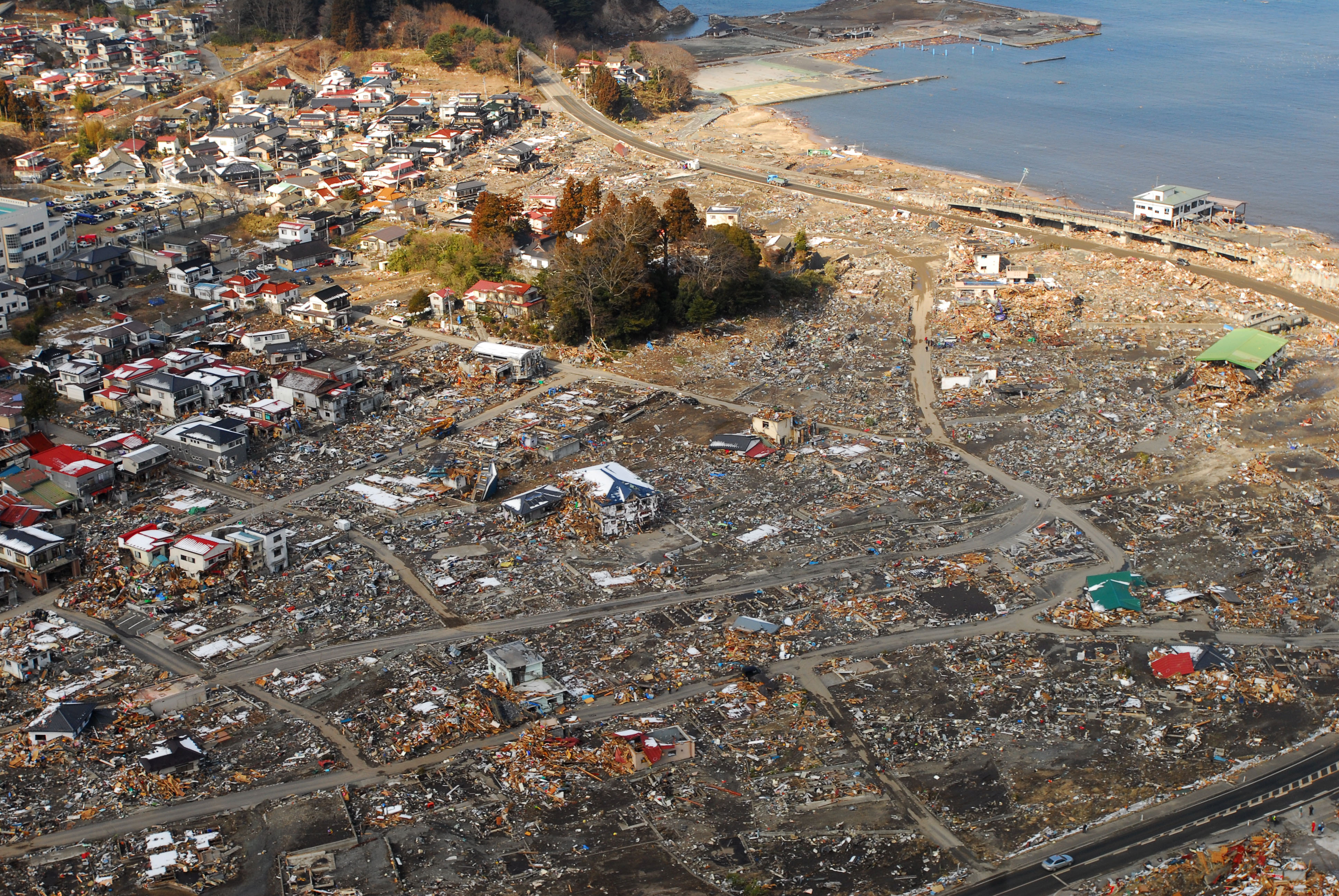
The path of destruction from the Tohoku, Japan, tsunami in 2011
Credit: NOAA/NCEI, Dylan McCord, U.S. Navy
Tsunami Preparedness with the Help of Science
NOAA's National Weather Service (NWS) provides tsunami alert services to vulnerable coastal areas in the United States and internationally through the U.S. National Tsunami Warning Center and the Pacific Tsunami Warning Center. NWS warnings, watches, and advisories improve public sensitivity to tsunamis and diminish some risk factors. The NWS and the National Tsunami Hazard Mitigation Program, a partnership led by NOAA, have also established the TsunamiReady® program to help communities minimize the dangers posed by tsunamis through better risk assessment, planning, education, and warning communications.
NCEI plays an important role in collecting critical data, pre- and post-event. Data on water levels comes from many contributors, including the National Data Buoy Center (NDBC). The NDBC data contributes to the detection of tsunami waves in the deep ocean and aid in tsunami warning. NCEI also collects a wide variety of historical data. NCEI makes historical data, including tsunami databases, available to the public.
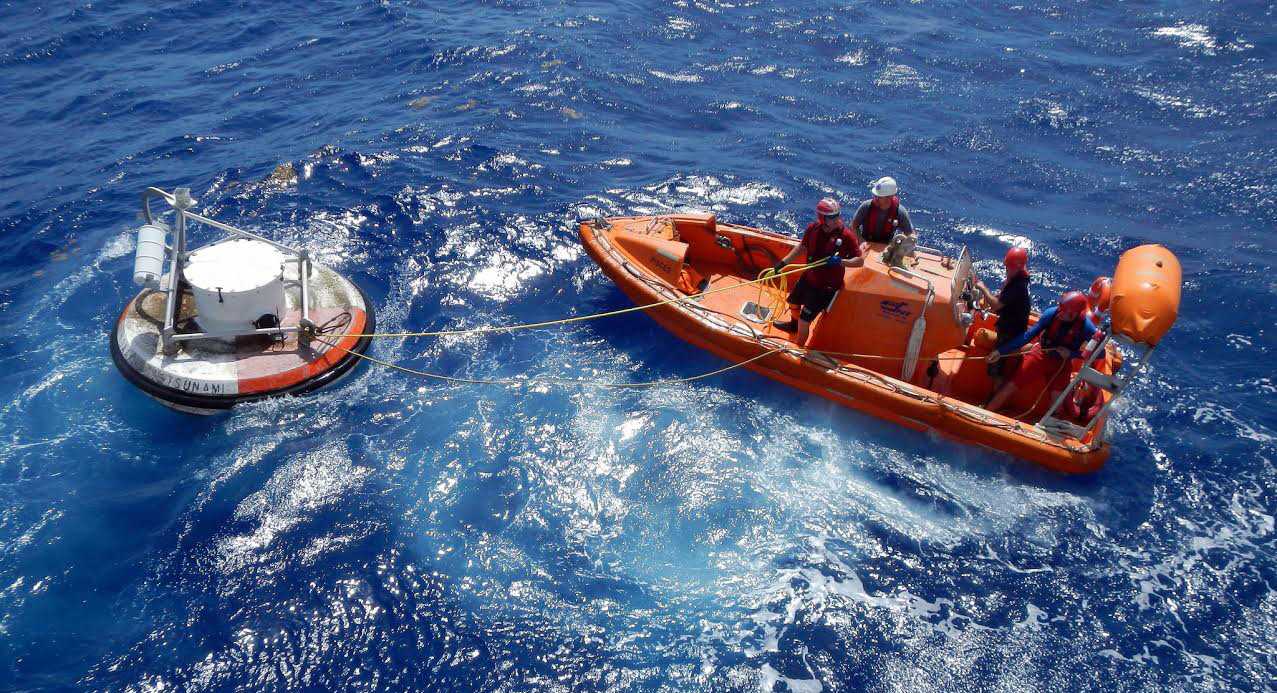 A tsunami warning buoy being secured for maintenance
A tsunami warning buoy being secured for maintenance
Credit: NOAA Teacher at Sea Program
Raising Hope with Tsunami Awareness
As we enjoy time with friends and family near coastlines, visit vacation destinations, and work in coastal communities, World Tsunami Awareness Day calls on us to remember the past and prepare for preventative life-saving measures in the future. Going forward, the hope is that the impact of tsunamis is minimized due to the brighter light we shine on education.

